Observe the following diagrams of invertebrates embryos illustrating the characteristics of the body plan.
Reference
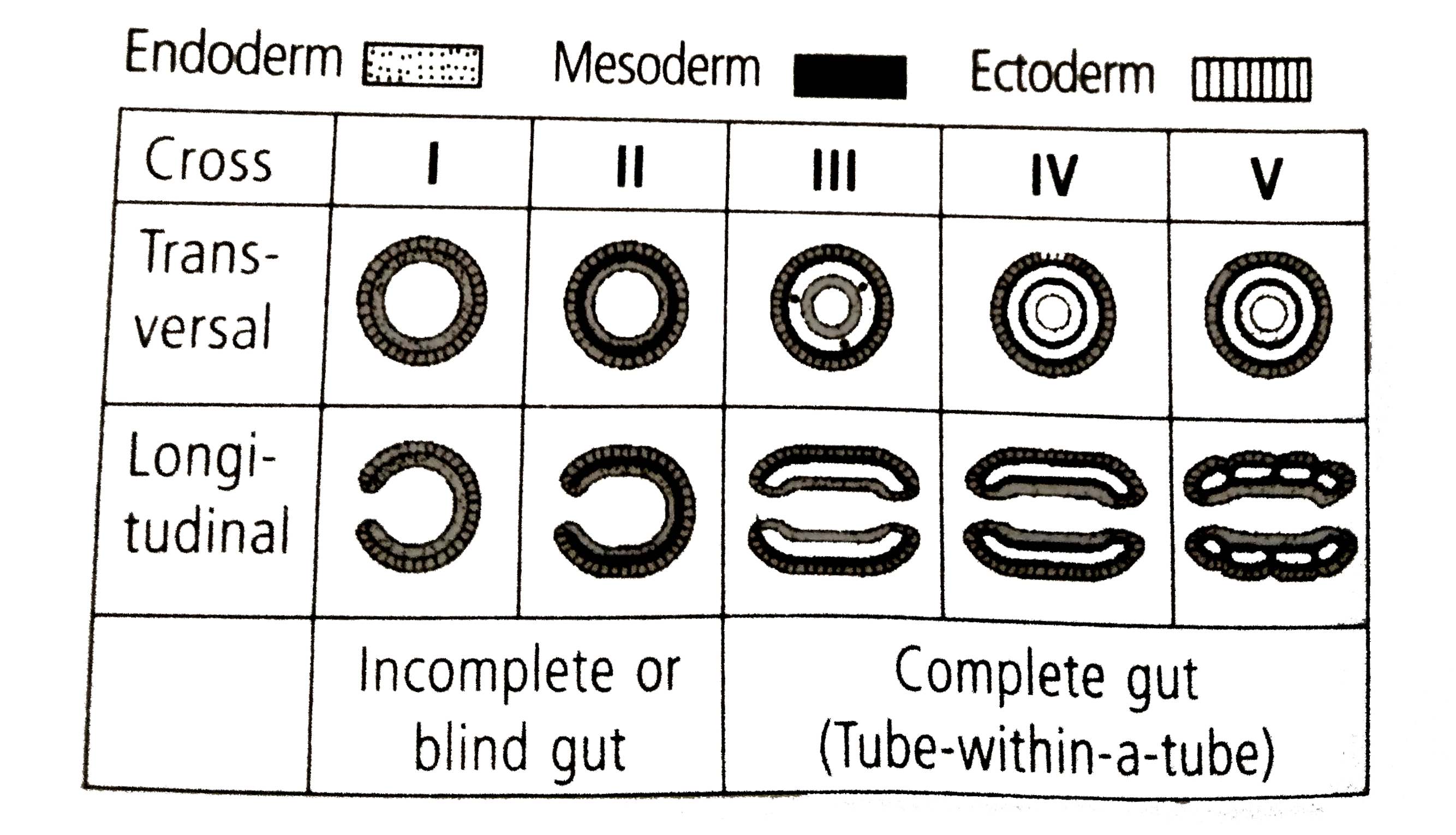
Select the correct sequence which corresponds to the phyla represented with I, II, III, IV and V.
I II III IV VCnidariaPlatyhelminthesAnnelidaNematodaArthropoda
I II III IV VCnidariaPlatyhelminthesNematodaArthropodaAnnelida
I II III IV VNematodaArthropodaPlatyhrlminthesCnidariaAnnelida
I II III IV VAnnelidaCnidariaArthropodaPlatyhrlminthesNematoda
The correct Answer is:B
The embryo of animal I shows two germinal layers, ectoderm and mesoderm. This animal is diploblastic, it can be a poriferm and mesoderm. This animal is diploblastic, it can be a poriferan or cnidarian. The embroyos of all other animals have three germinal layers, the ectoderm, mesoderm and endoderm. These animals are triploblastic animals. They can be from Phylum Platyhelminthes to Phylum Mollusca. Embryos I and II have no coelom, III has pseudocoelom and IV and V have true coelom. Coelom is a fluid -filled cavity that forms the main body cavity of animals. it is formed by splitting of the mesoderm. Therefore, embryos I and II can be of poriferans, cnidarians, ctenophorans or platyhelminthes, embryo III is of nemathelminthes, whereas embryos of V shows internal divisions or segmentation in the body. Embryo V, thus is annelidan. So, we can conclude, embryo I is of cnidaria, embryo II is of platyhelminthes, embryo III is of namathelminthes, embryo IV is of arthropoda and embryo V is of annelida.
Topper's Solved these Questions
- ANIMAL KINGDOMBOOK - NCERT FINGERTPS ENGLISHCHAPTER - ANIMAL KINGDOMEXERCISE - NCERT examples problems
13 Videos
- ANIMAL KINGDOMBOOK - NCERT FINGERTPS ENGLISHCHAPTER - ANIMAL KINGDOMEXERCISE - Assertion & Reason corner
15 Videos
- ANIMAL KINGDOMBOOK - NCERT FINGERTPS ENGLISHCHAPTER - ANIMAL KINGDOMEXERCISE - Classification of chordates
62 Videos
- ANATOMY OF FLOWERING PLANTSBOOK - NCERT FINGERTPS ENGLISHCHAPTER - ANATOMY OF FLOWERING PLANTSEXERCISE - Anatomy Of Flowering Plants
143 Videos
- BIOLOGICAL CLASSIFICATIONBOOK - NCERT FINGERTPS ENGLISHCHAPTER - BIOLOGICAL CLASSIFICATIONEXERCISE - Biological Classification
132 Videos
Similar Questions
The following compounds are intermediates in the pathway of photorespiration
I) Phosphoglycolate II) Serine
III) glyoxylate IV) glycine
The correct sequence of their appearance in the pathway is
View SolutionThe following compounds are intermediates in the pathway of photorespiration-
I. phosphoglycolate-
II. Serine-
III. Glyoxylate-
IV. Glycine-
The correct sequence of their appearance in the pathway is
View Solution
Knowledge Check
Which of the following is/are not the characteristics of the Class Osteichthyes?
(i) Body is streamlined and mouth is terminal.
(ii) Gills are convered by operculum.
(iii) Skin convered with cycloid and placoid scales.
(iv) Many of them are viviparous.A(iv) onlyB(iii) and (iv)C(i), (iii) and (iv)D(i) and (ii)
Identify the structure indicated by labels (i),(ii),(iii) and (iv) and select the correct option.
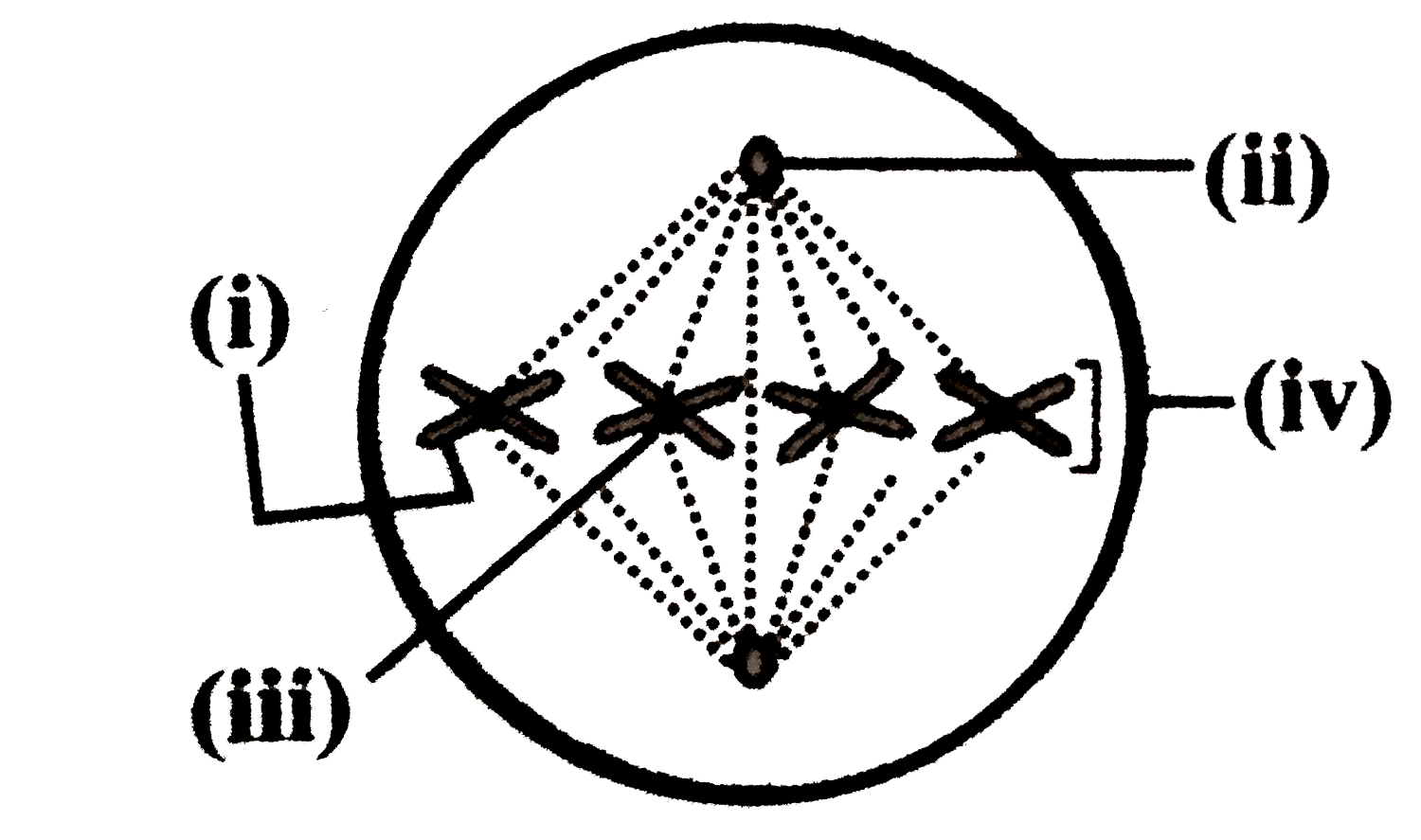
View SolutionWhich of the following are correct (B) and (C ) products, respectively ?

I.
II.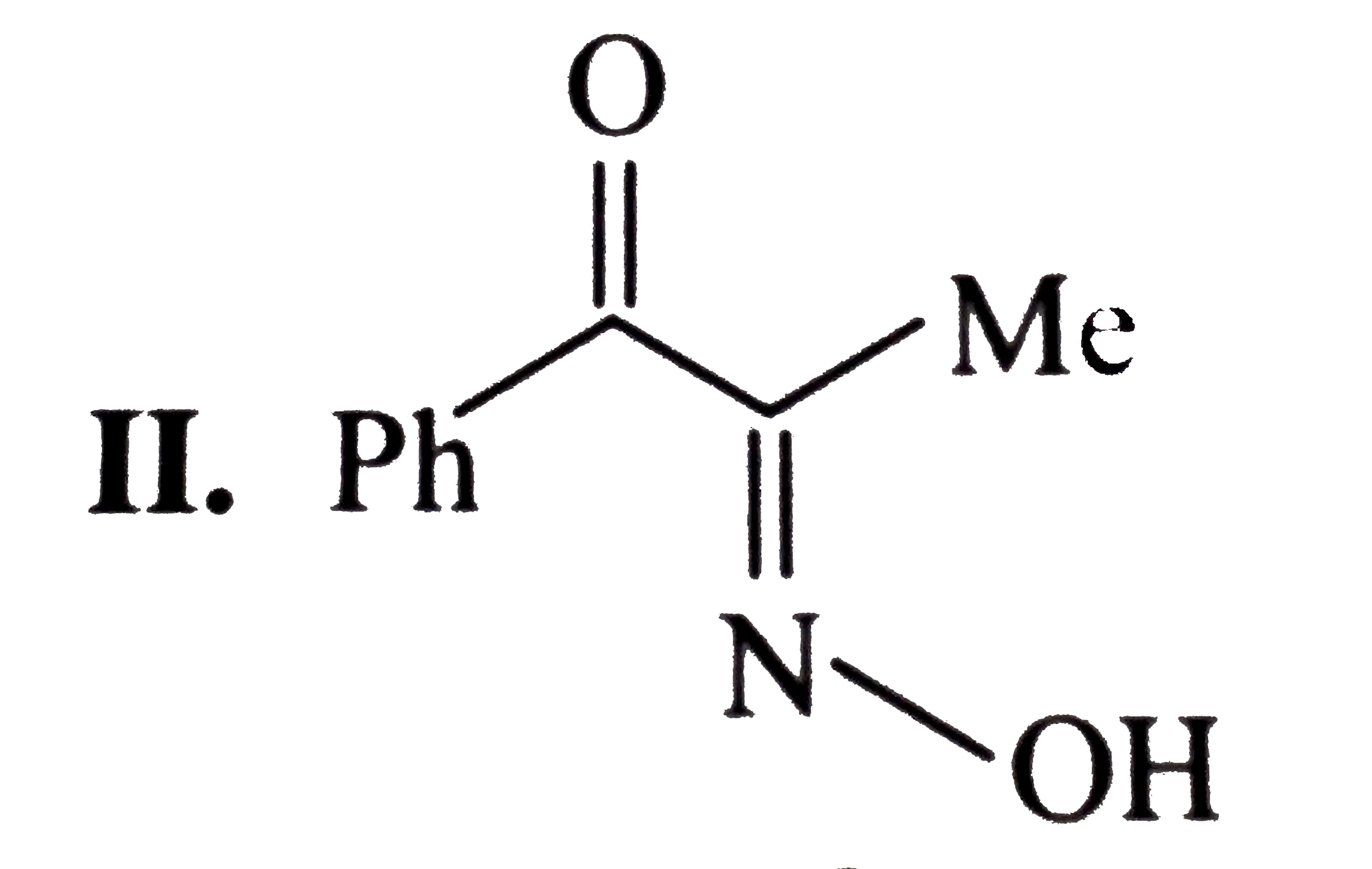 , III.
, III. 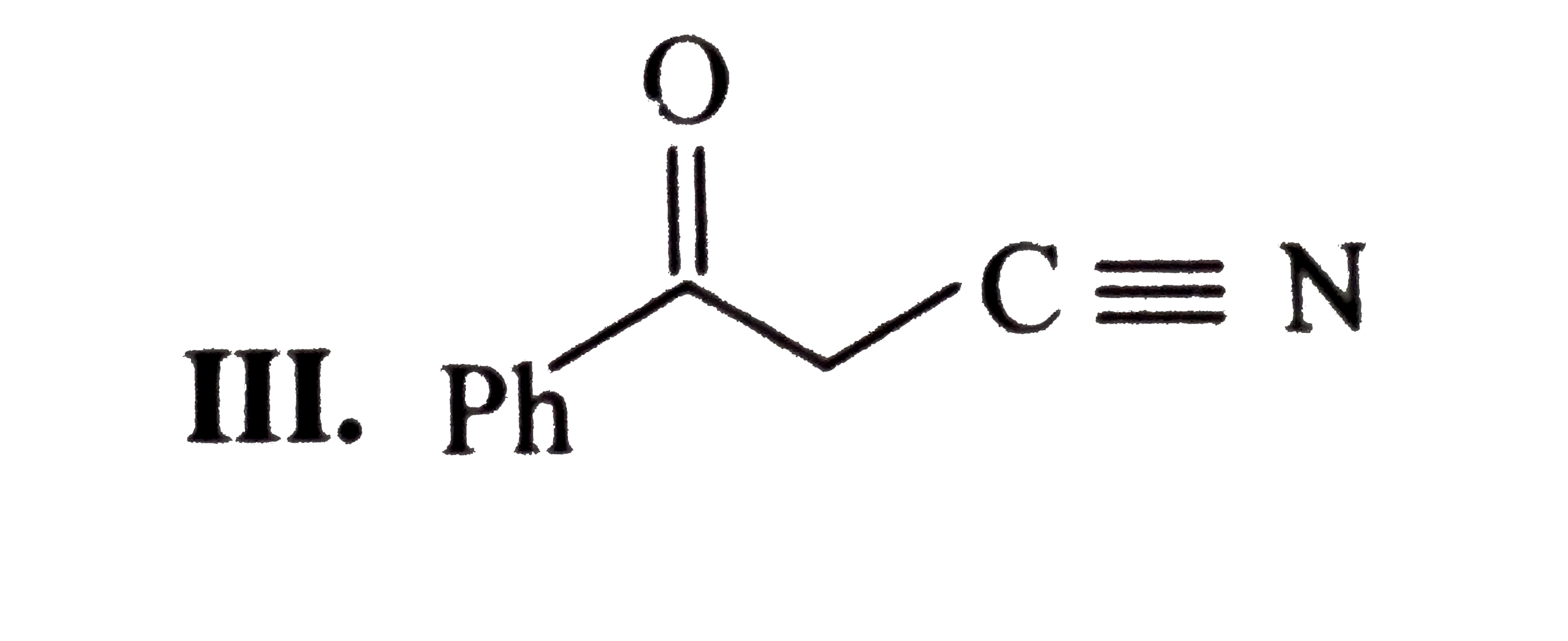
IV.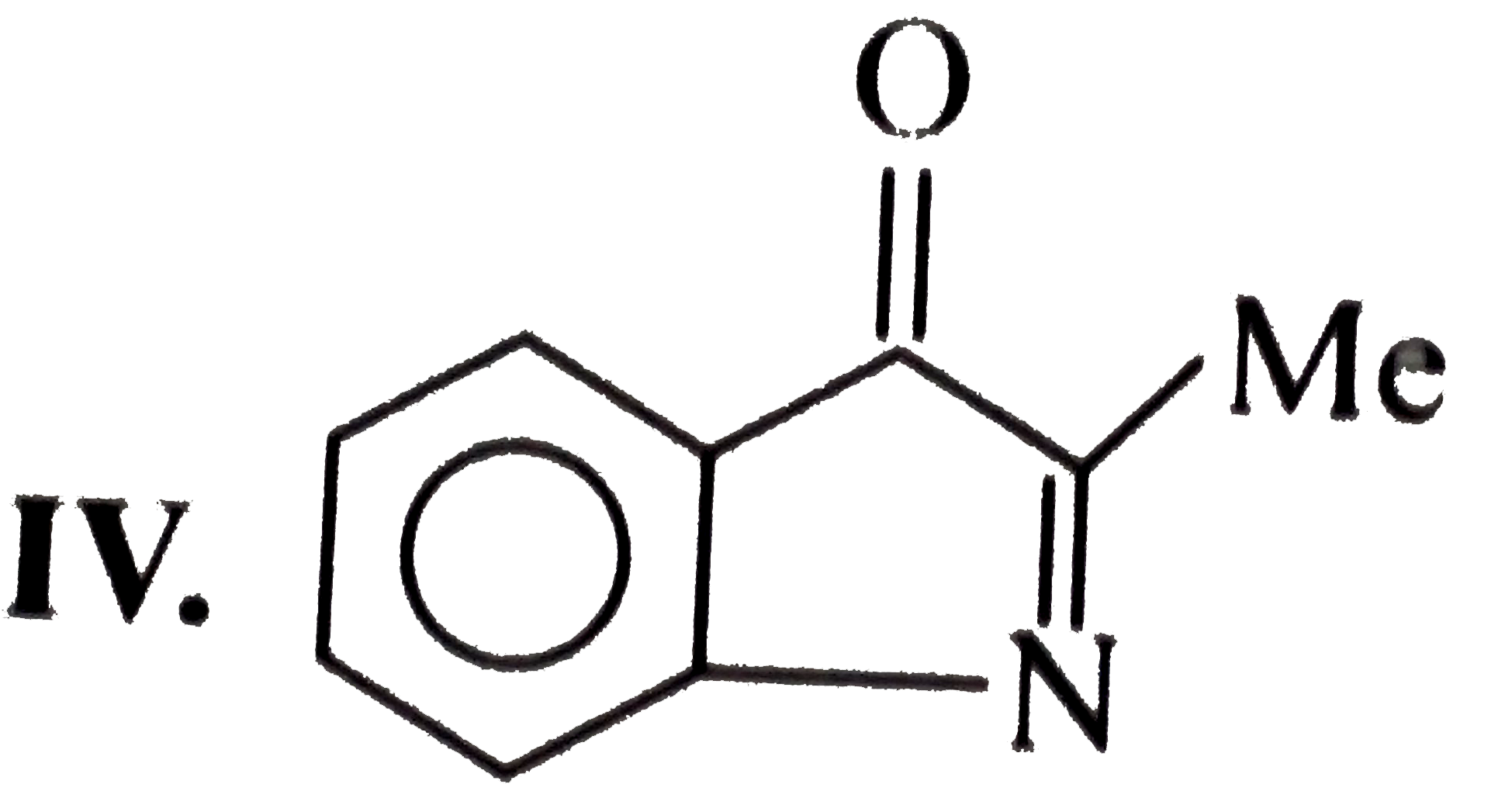 , v.
, v. 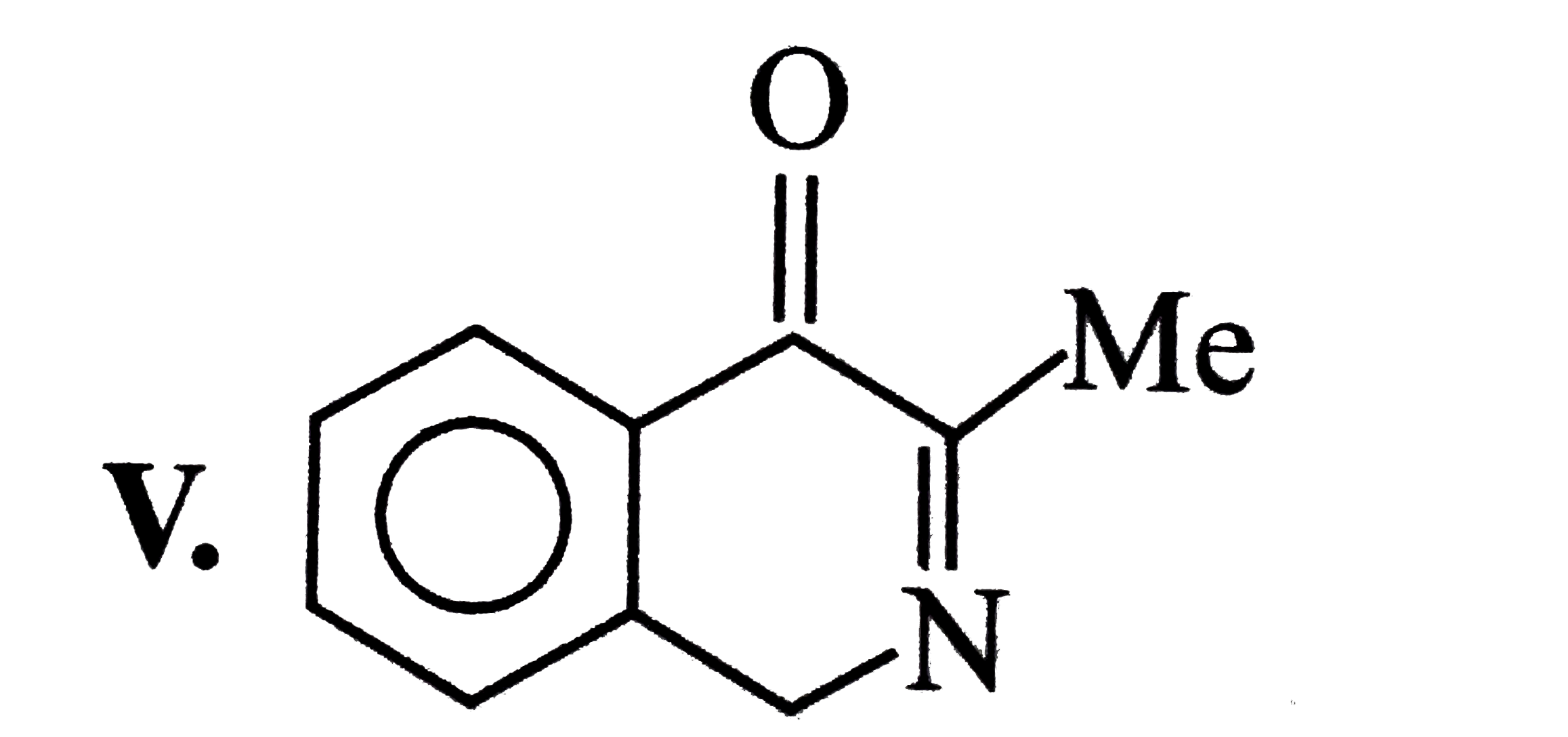
View SolutionThe given graph represents V−I characteristic for a semiconductor device.
which of the following statement is correct?
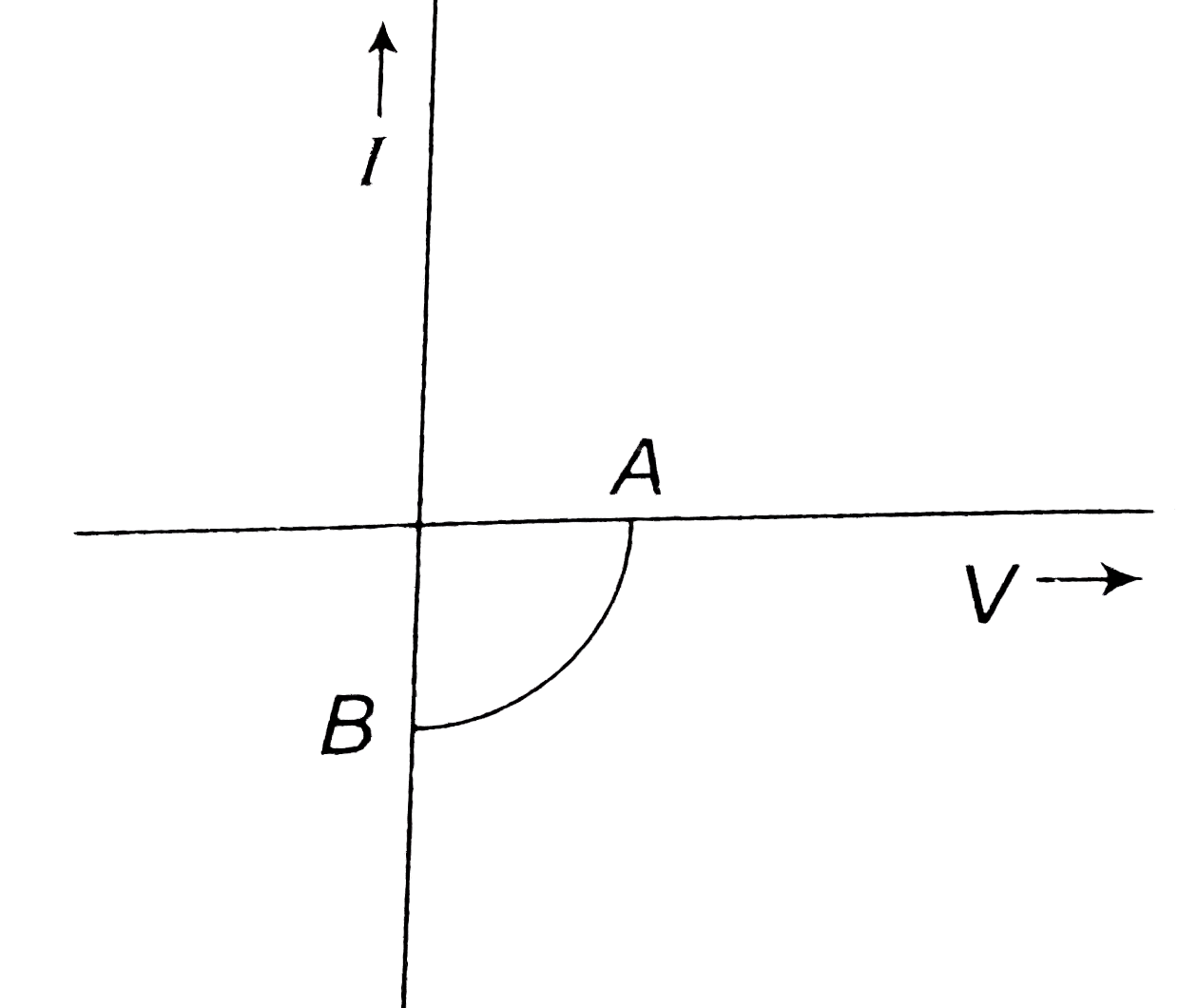
View SolutionArrang the following steps of hybridization procedure in as sequence
Artificial cross pollination
II) Selection of parents
III) Bagging
IV) Emasculation.
View SolutionThe diagram given below represents an endocrine gland in the human body. Study the diagram and answer the following questions :
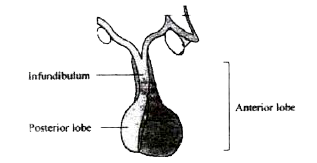
(i) Identify the endocrine gland. Where is it located?
(ii) Why is the above gland referred to as the 'Master gland' ?
(iii) Name the hormone which in deficiency causes Diabetes Insipidus. How does this disorder differ from Diabetes Mellitus ?
(iv) Explain the term 'Hormone'.
What is the role of Tropic hormones in the human body?
(v) Which lobe of the above gland secretes:
1. Oxytocin
2. ACTH
3. Growth hormone.
View SolutionPredict the order of reactivity of following compounds in dehydrohalogenation.
a. I. II.
II. 
III.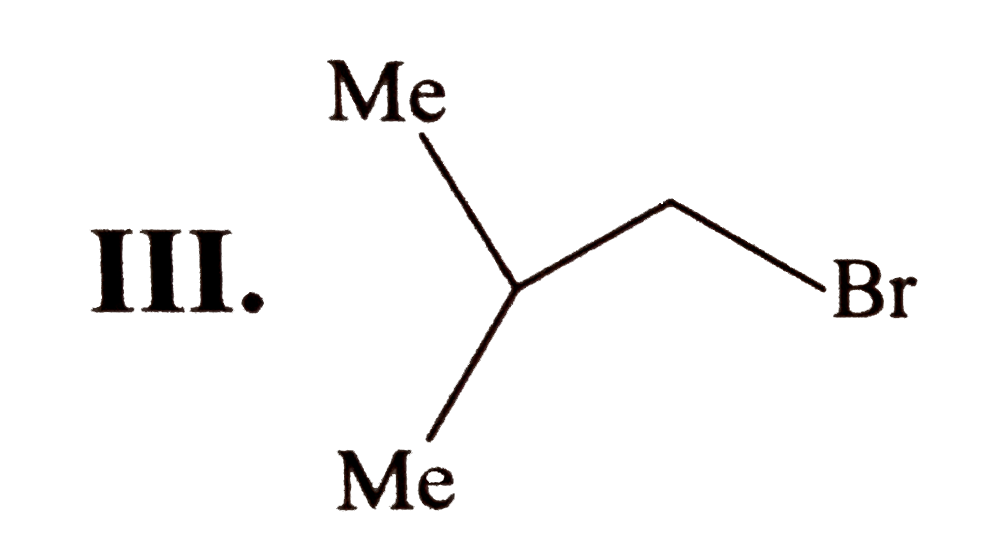 IV.
IV. 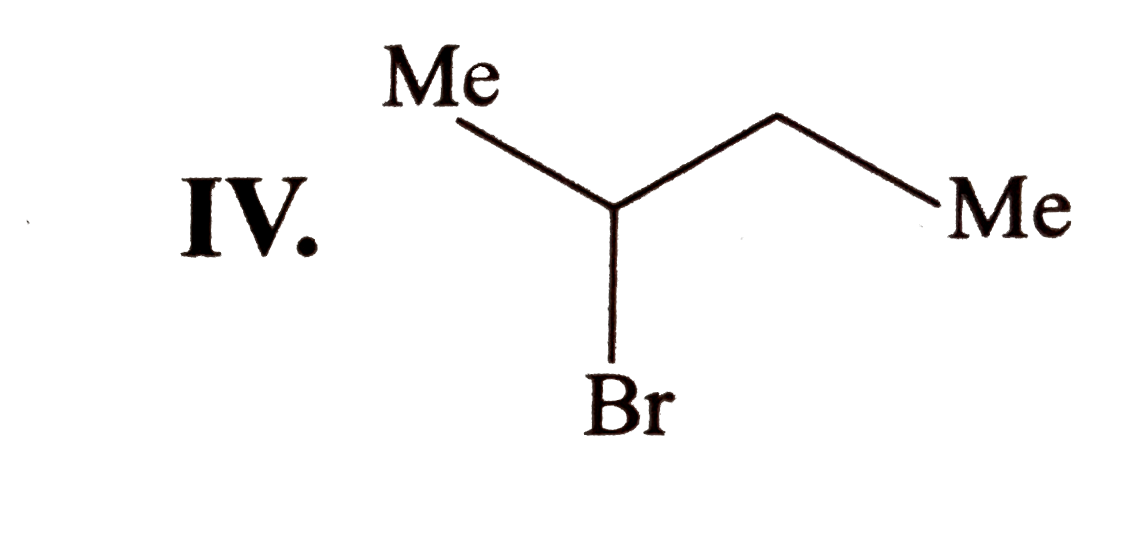
V.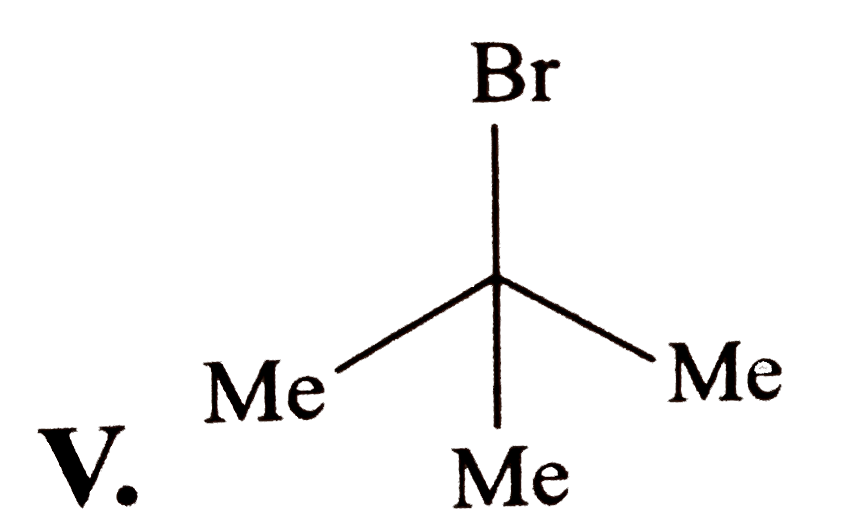
b. I. II.
II. 
III.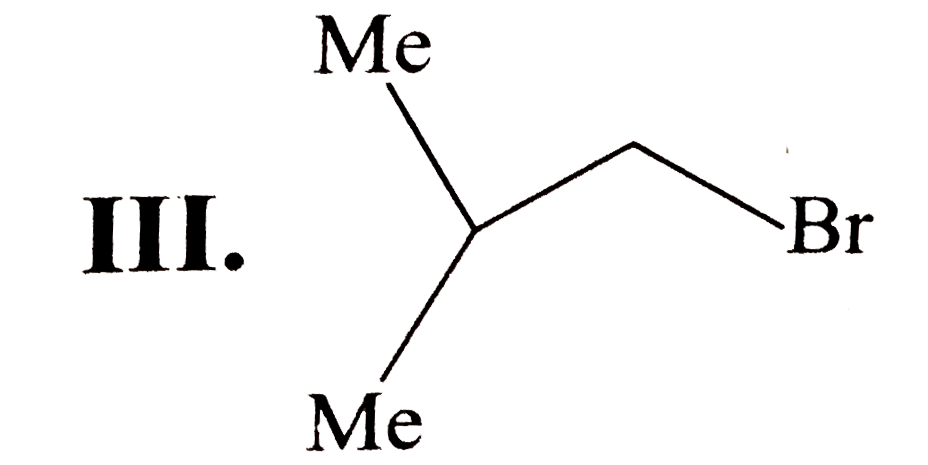 IV.
IV. 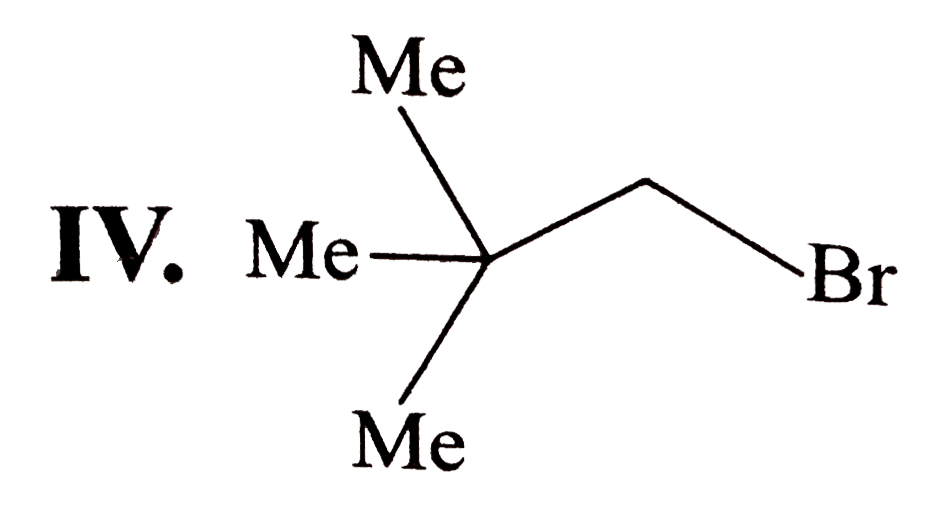
View SolutionDefine the following terms: (i)Observations (ii) data (iii) Frequency of an observation (iv) Frequency distribution
View Solution
